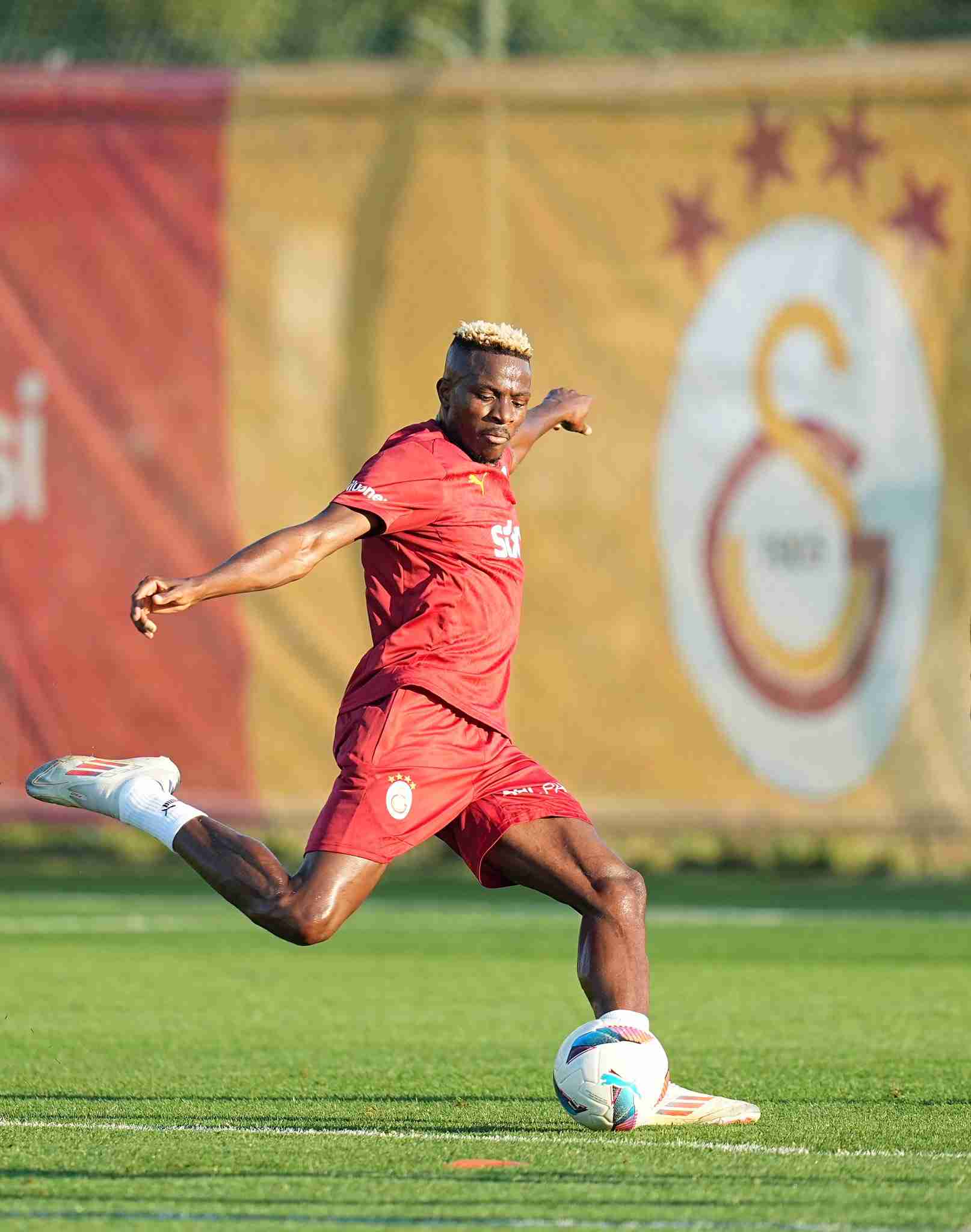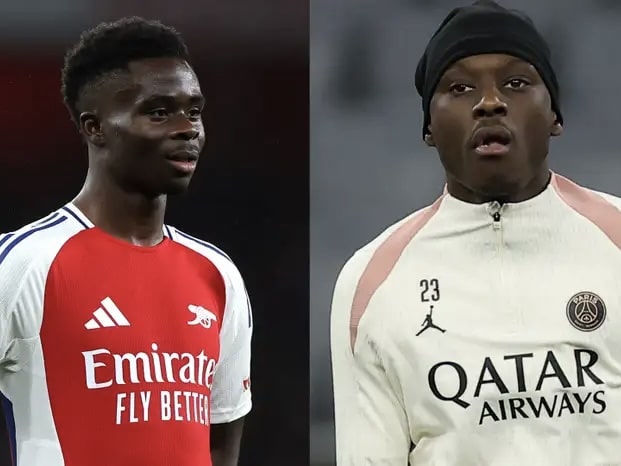Defining Eras: 6 Rule Changes That Transformed Football Forever
Refereeing Decisions

Football has always been a simple game, yet beneath that simplicity lies constant change. Every few decades, the sport is reshaped not just by players or managers, but by the laws that govern it. The International Football Association Board, or IFAB, has quietly steered football’s evolution through rule changes that altered how the game is played, defended, and even imagined.
Across history, a few key adjustments have stood out for their lasting tactical effects. The introduction of the back-pass rule, new interpretations of offside, and the tightening of rules on physical play have all pushed football toward higher speed, more risk, and greater technical precision. These changes did more than modify conduct, they defined eras, creating the game we watch today.
Few changes reshaped football as dramatically as the back-pass rule in 1992. Before it, defenders could safely roll the ball to their goalkeeper, who would pick it up, stall for time, and reset the play. Matches often slowed to a crawl. Once IFAB banned goalkeepers from handling deliberate back-passes, that entire comfort zone disappeared overnight.
Goalkeepers suddenly needed to use their feet, not just their hands. Clubs began to look for keepers who could pass under pressure, receive like an outfield player, and stay calm when pressed. This single change gave birth to the “sweeper-keeper,” a role that defines modern football’s rhythm and spacing. Instead of standing on their line, goalkeepers now act as auxiliary defenders, sweeping up behind a high back line and starting attacks with their distribution.
The follow-up changes only pushed the tempo further. The old “four-step rule” was replaced by the modern six-second(now eight seconds) rule, limiting how long a keeper could hold the ball before releasing it. Time-wasting became harder, transitions became faster, and the link between defense and attack grew tighter. Today, elite keepers like Raya, Courtois and Alisson are as vital in possession as any midfielder. Their ability to receive under pressure and find the free man has become a tactical weapon. None of it would exist without that 1992 reform, a single law that transformed football’s slowest position into one of its most dynamic.
If the goalkeeper rules modernized distribution, offside adjustments redefined space. For decades, the offside law was simple but restrictive: any player ahead of the ball and the second-to-last defender was penalized. As football became faster, this rigidity started to suffocate attacking play.
The turning point came in the early 2000s with the clarification that only players actively involved in play should be flagged offside. This “active involvement” clause allowed attackers to stand in advanced positions without automatically stopping the move. Defenders could no longer simply step up and catch a line of forwards offside. They now had to judge intent, adjust positioning, and track runs more intelligently.
This single tweak reshaped defensive organization across the world. High lines became riskier, while intelligent movement and quick passing gained more reward. Attackers began exploiting the grey zones between active and inactive positions, forcing defenders to defend space rather than just opposition players.
Another major reform came with the crackdown on the “professional foul.” Players who deliberately stopped clear goal-scoring chances with cynical tackles began receiving red cards instead of simple bookings. This punished the old-school defensive mentality that prized stopping the man at any cost. The result was a cleaner, fairer game that rewarded timing, anticipation, and positional play over brute force. Together, these changes transformed the art of defending. Teams became more compact, defenders became more disciplined, and managers placed greater emphasis on organization and awareness rather than sheer aggression.
While many laws shaped tactics indirectly, few had as much influence on the game’s pace and structure as the introduction of substitutions. In football’s early years, teams played entire matches with the same eleven players. Any injury meant a disadvantage that lasted until the final whistle. The gradual shift from no substitutions to three, and eventually to five, fundamentally changed match dynamics.
Managers could now adjust strategy mid-game, inject fresh energy into tiring sides, or correct earlier tactical errors. The pace of matches rose as players could press harder, knowing they could be replaced. Over time, substitutions became a tool of control, used to maintain intensity and manage fatigue rather than just replace injured players.
The crackdown on dangerous tackles followed a similar trajectory of evolution. IFAB’s decision to increase punishments for reckless challenges, especially from behind, prioritized player safety and raised the technical standard of defending. Tackles had to be cleaner, angles more precise, and defenders were taught to stay on their feet. Modern discussions around potential “sin bins” for dissent or time-wasting reflect how IFAB continues to fine-tune the balance between control and freedom. While some of these debates remain experimental, the principle remains clear: the goal is to make the game faster, safer, and fairer, without losing its competitive edge.
Every law in football is a lever that shapes the sport’s identity. IFAB does not just enforce order, it defines style. The back-pass rule accelerated play, the offside reforms encouraged creativity, and the punishment for cynical fouls restored fairness. Each adjustment rewired how coaches train, how defenders position themselves, and how goalkeepers think.
The modern game, with its high defensive lines, fast transitions, and attacking goalkeepers, is not a natural accident. It is the result of deliberate regulation designed to keep football fluid and watchable. When we talk about tactical revolutions, from Pep Guardiola’s positional play to Hansi Flick’s high press, we are really seeing the long-term effect of laws that changed what was possible.
Football may look the same at a glance, but its evolution is written in the rulebook. Every great tactical idea traces back to a simple shift in what players were allowed to do. In that sense, the real architects of the modern game are not just the managers or the superstars, but the quiet decision-makers at IFAB who understood that the smallest rule can redefine an entire era.








